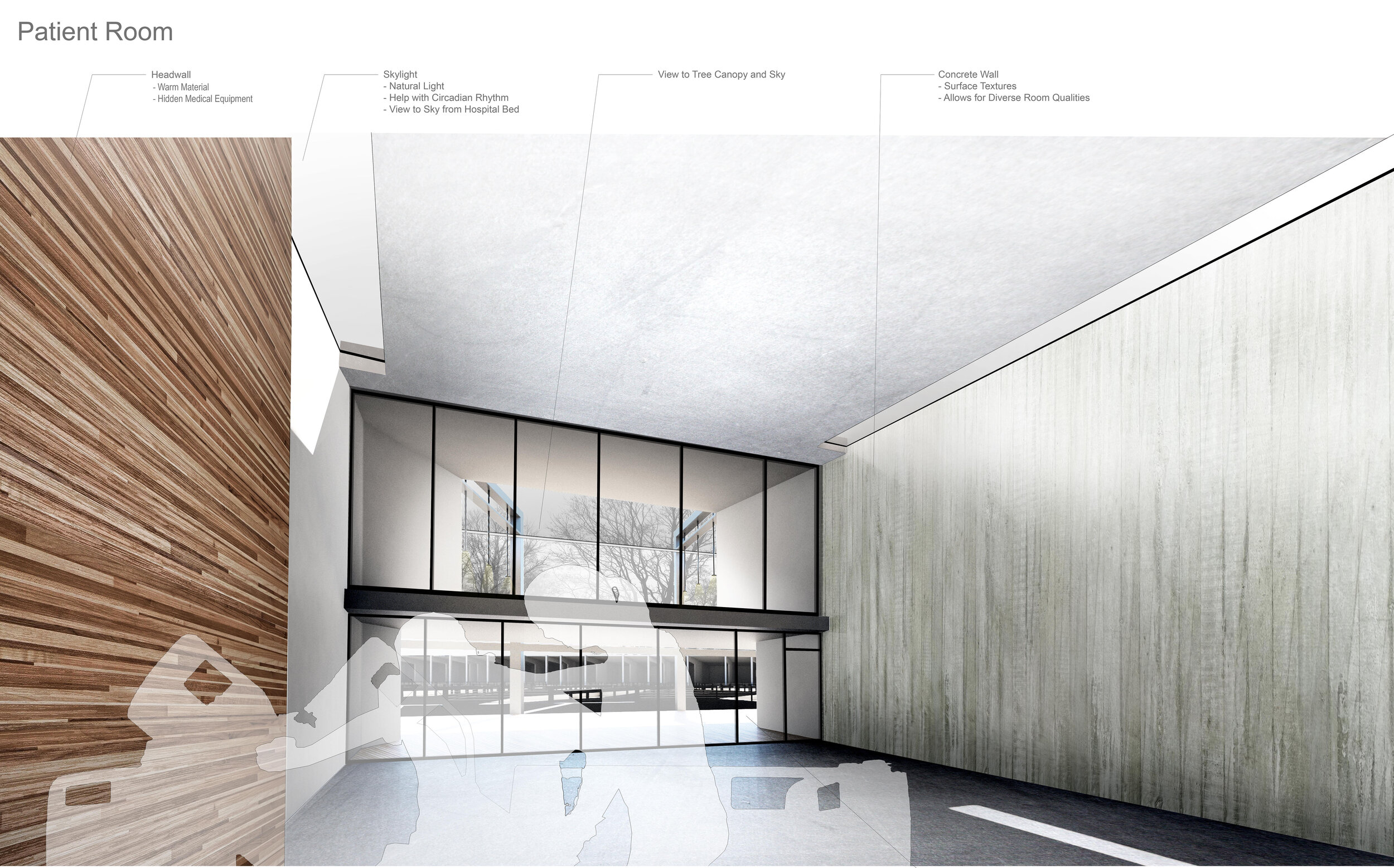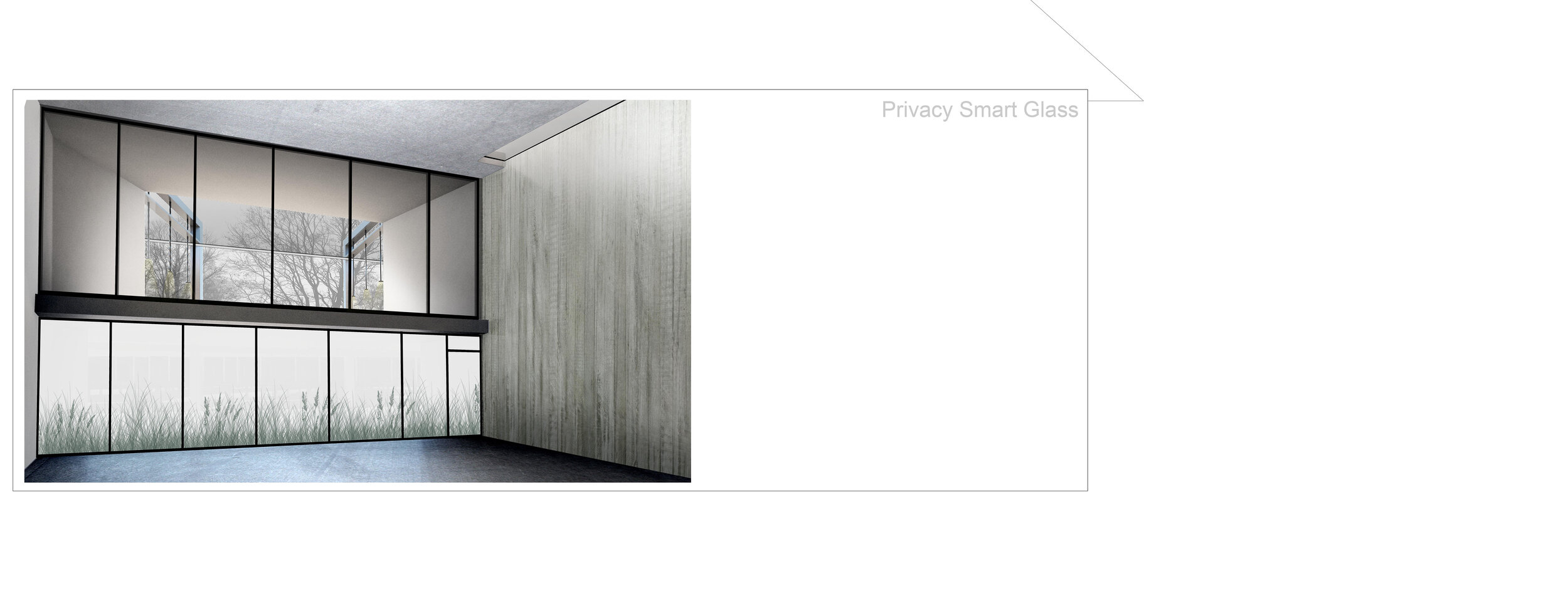
East Side Spine + Neurological Center
Architectural Design and Phenomenology:
Healthcare Circulation and Patient Experience
How should healthcare design influence patient health and wellbeing?
Architecture influences human beings in many ways. Those influences can be felt in a negative or positive manner; there is rarely a neutral. In healthcare, a design can be the difference between life and death. Adequate design with thorough considerations to the main spaces (where patients experience the hospital environment) has an opportunity to be an optimal space for healing versus the current utilitarian nature in which most facilities fall.
How should healthcare design influence patient health and wellbeing? Should healthcare design be utilitarian like those in the current model of healthcare, or should designers re-evaluate how we approach design in the healthcare environment? Consider some methods in which design can affect the health and wellbeing of its occupants, such as a patient's family, and an energized healthcare staff, these are a couple of primary needs of today's patients.
Family provides the emotional support whereas the revitalized healthcare environment provides a positive experience to a necessary unpleasantry, the obvious fact that you are a patient in a hospital. Design components such as: phenomenology, nature, orientation, light, and air quality can support a positive healing process. The majority of hospital facilities generally have an institutional and depressing atmosphere.
The patient's experience through the relationship of the assigned room to the natural elements (i.e., light, air, greenery, water, etc.), routes for patient transport, and the various procedure rooms should be considered. Through the use of materials to soften boundary edges, a peaceful mediator space between the working areas of the facility and the surrounding natural environment could be created. An enclosure of space that combines nature can blur the rigid confinements of a healing space.
Architects/designers must consider these fundamental aspects of healthcare design to promote facilities that maximize the healing capability of mind, body, and spiritual healing. The space a patient occupies requires the area to be pleasant and offer delight, so the real power of healing can be obtained. Likewise, the facility circulation, staff, and patient relationships are also influential aspects of the overall encounter. Optimizing the areas that any person encounters the most frequently would have to be addressed. It would be counterproductive for one to be pulled out of an optimal space that is, in most ways, very pleasant, just to be injected back into a negative atmosphere that a hospital can produce. With an aggressive study into the aspects of healthcare, a more desirable method of architectural design as it relates to positive outcomes can be discovered.






















